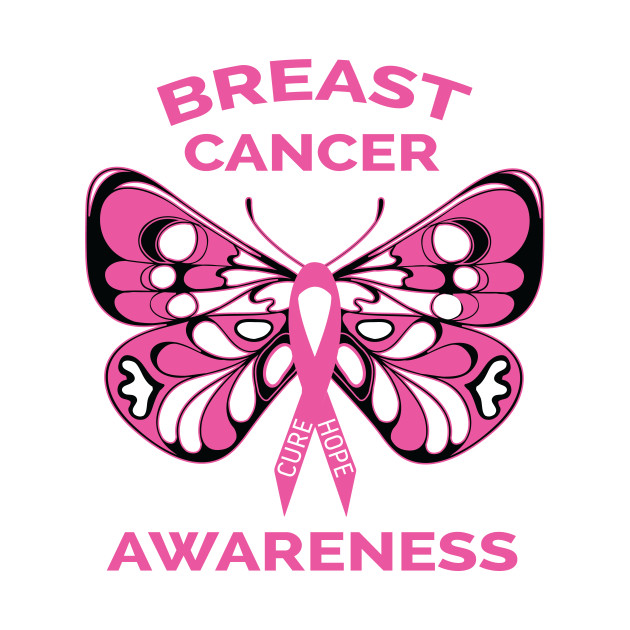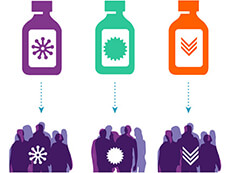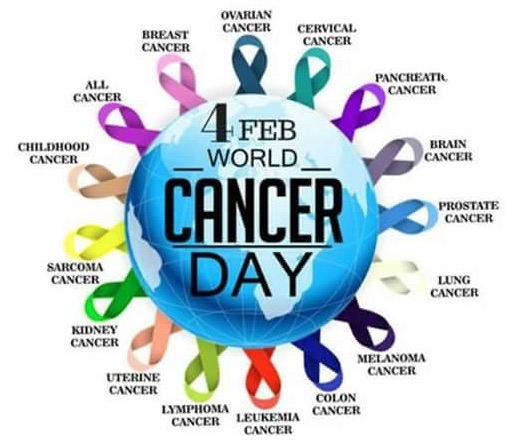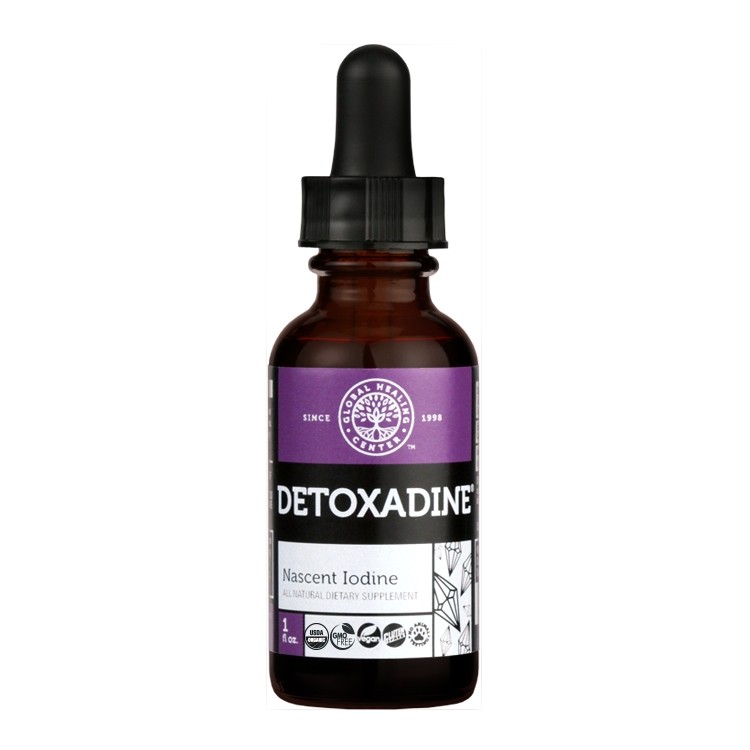|
MSM (MethylSulfonylMethane) is an abbreviation of methylsulfonylmethane, an organic form of sulfur. The chemical formula of MSM is CH3SO2CH3. It is the form in which sulfur is biologically active and appears in nature in all living organisms.
$39.95
Iodine is a trace mineral that is vital to the function of the thyroid gland. The human body does not make iodine, so all iodine intake must come from either our diet or from supplements.
|
|
Drugs Approved for Breast CancerThis page lists cancer drugs approved by the Food and Drug Administration (FDA) for breast cancer. The list includes generic and brand names. This page also lists common drug combinations used in breast cancer. The individual drugs in the combinations are FDA-approved. However, the drug combinations themselves usually are not approved, although they are widely used. Drugs Approved to Prevent Breast Cancer
Drugs Approved to Treat Breast Cancer
Drug Combinations Used in Breast Cancer
Chemotherapy for Breast CancerChemotherapy (chemo) uses anti-cancer drugs that may be given intravenously (injected into your vein) or by mouth. The drugs travel through the bloodstream to reach cancer cells in most parts of the body.Occasionally, chemo may be given directly into the spinal fluid which surrounds the brain and spinal cord. When is chemotherapy used?Not all women with breast cancer will need chemo, but there are several situations in which chemo may be recommended:
Sometimes it is not clear if chemotherapy will be helpful. There are tests available, such as Oncotype DX and Mammaprint, that can help determine which women will most likely benefit from chemo after breast surgery. See Breast Cancer Gene Expression Tests for more information. Which chemotherapy drugs are used for breast cancer?In most cases (especially as adjuvant or neoadjuvant treatment), chemo is most effective when combinations of drugs are used. Today, doctors use many different combinations, and it's not clear that any single combination is clearly the best. The most common drugs used for adjuvant and neoadjuvant chemo include:
Most often, combinations of 2 or 3 of these drugs are used. Chemotherapy for advanced breast cancerChemo drugs useful in treating women with breast cancer that has spread include:
Although drug combinations are often used to treat early breast cancer, advanced breast cancer more often is treated with single chemo drugs. Still, some combinations, such as paclitaxel plus carboplatin, are commonly used to treat advanced breast cancer. For cancers that are HER2-positive, one or more drugs that target HER2 may be used with chemo. (See Targeted Therapy for Breast Cancer for more information about these drugs.) How is chemotherapy given?Chemo drugs for breast cancer are typically given into a vein (IV), either as an injection over a few minutes or as an infusion over a longer period of time. This can be done in a doctor’s office, chemotherapy clinic, or in a hospital setting. Often, a slightly larger and sturdier IV is required in the vein system to administer chemo. They are known as central venous catheters (CVCs), central venous access devices (CVADs), or central lines. They are used to put medicines, blood products, nutrients, or fluids right into your blood. They can also be used to take out blood for testing. Many different kinds of CVCs are available. The 2 most common types are the port and the PICC line. For breast cancer patients, the central line is typically placed on the opposite side of the breast that had surgery. Doctors give chemo in cycles, with each period of treatment followed by a rest period to give you time to recover from the effects of the drugs. Cycles are most often 2 or 3 weeks long. The schedule varies depending on the drugs used. For example, with some drugs, the chemo is given only on the first day of the cycle. With others, it is given for a few days in a row, or once a week. Then, at the end of the cycle, the chemo schedule repeats to start the next cycle. Adjuvant and neoadjuvant chemo is often given for a total of 3 to 6 months, depending on the drugs used. The length of treatment for advanced breast cancer is based on how well it is working and what side effects you have. Dose-dense chemotherapyDoctors have found that giving the cycles of certain chemo drugs closer together can lower the chance that the cancer will come back and improve survival for some women. For example, a drug that would normally be given every 3 weeks might be given every 2 weeks. This can be done for both neoadjuvant and adjuvant treatment. It can lead to more problems with low blood cell counts, so it’s not an option for all women. A chemo combination sometimes given in a dose-dense time frame is doxorubucin (Adriamycin) and cyclophosphamide (Cytoxan), followed by paclitaxel (Taxol). Possible side effects of chemo for breast cancerChemo drugs can cause side effects. These depend on the type and dose of drugs given, and the length of treatment. Some of the most common possible side effects include:
Chemo can also affect the blood-forming cells of the bone marrow, which can lead to:
These side effects usually go away after treatment is finished. There are often ways to lessen these side effects. For example, drugs can be given to help prevent or reduce nausea and vomiting. Other side effects are also possible. Some of these are more common with certain chemo drugs. Ask your cancer care team about the possible side effects of the specific drugs you are getting. Menstrual changes and fertility issuesFor younger women, changes in menstrual periods are a common side effect of chemo. Premature menopause (not having any more menstrual periods) and infertility (not being able to become pregnant) may occur and may be permanent. Some chemo drugs are more likely to cause this than others. The older a woman is when she gets chemotherapy, the more likely it is that she will go through menopause or become infertile as a result. When this happens, there is an increased risk of bone loss and osteoporosis. There are medicines that can treat or help prevent problems with bone loss. Even if your periods have stopped while you are on chemo, you may still be able to get pregnant. Getting pregnant while on chemo could lead to birth defects and interfere with treatment. If you are pre-menopausal before treatment and are sexually active, it’s important to discuss using birth control with your doctor. It is not a good idea for women with hormone receptor-positive breast cancer to take hormonal birth control (like birth control pills), so it’s important to talk with both your oncologist and your gynecologist (or family doctor) about what options would be best in your case. Women who have finished treatment (like chemo) can safely go on to have children, but it's not safe to get pregnant while on treatment. If you think you might want to have children after being treated for breast cancer, talk with your doctor before you start treatment. Learn more from our section on fertility concerns for women with cancer. If you are pregnant when you get breast cancer, you still can be treated. Certain chemo drugs can be taken safely during the last 2 trimesters of pregnancy. We have more details in our section on breast cancer during pregnancy. Heart damageDoxorubicin, epirubicin, and some other chemo drugs rarely can cause permanent heart damage (called cardiomyopathy). The risk is highest if the drug is used for a long time or in high doses. Most doctors will check your heart function with a test like an echocardiogram (an ultrasound of the heart) or a MUGA scan before starting one of these drugs. They also carefully control the doses, watch for symptoms of heart problems, and may repeat the heart test during treatment. If the heart function begins to worsen, treatment with these drugs will be temporarily or permanently stopped. Still, in some people, signs of damage might not appear until months or years after treatment stops. Damage from these drugs happens more often if other drugs that can cause heart damage (such as those that target HER2) are used also, so doctors are more cautious when these drugs are used together. Nerve damage (neuropathy)Many drugs used to treat breast cancer, including the taxanes (docetaxel and paclitaxel), platinum agents (carboplatin, cisplatin), vinorelbine, eribulin, and ixabepilone, can damage nerves outside of the brain and spinal cord. This can sometimes lead to symptoms (mainly in the hands and feet) like numbness, pain, burning or tingling sensations, sensitivity to cold or heat, or weakness. In most cases this goes away once treatment is stopped, but it might last a long time in some women or may become permanent . There are medicines that could help (See Peripheral Neuropathy Caused By Chemotherapy.) Hand-foot syndromeCertain chemo drugs, such as capecitabine and liposomal doxorubicin, can irritate the palms of the hands and the soles of the feet. This is called hand-foot syndrome. Early symptoms include numbness, tingling, and redness. If it gets worse, the hands and feet can become swollen and uncomfortable or even painful. The skin may blister, leading to peeling or even open sores. There is no specific treatment, although some creams or steroids given before chemo may help. These symptoms gradually get better when the drug is stopped or the dose is lowered. The best way to prevent severe hand-foot syndrome is to tell your doctor when symptoms first come up, so that the drug dose can be changed or other medicines can be given. Chemo brainMany women who are treated for breast cancer report a slight decrease in mental functioning. They may have some problems with concentration and memory, which may last a long time. Although many women have linked this to chemo, it also has been seen in women who did not get chemo as part of their treatment. Still, most women function well after treatment. In studies that have found chemo brain to be a side effect of treatment, the symptoms most often last for a few years. (See Chemo Brain.) Increased risk of leukemiaVery rarely, certain chemo drugs can cause diseases of the bone marrow, such as myelodysplastic syndromes or even acute myeloid leukemia, a cancer of white blood cells. When this happens it is usually within 10 years after treatment. For most women, the benefits of chemo in helping prevent breast cancer from coming back or in extending life are far likely to exceed the risk of this rare but serious complication. Feeling unwell or tired (fatigue)Many women do not feel as healthy after chemo as they did before. There is often a residual feeling of body pain or achiness and a mild loss of physical functioning. These may be very subtle changes that happen slowly over time. Fatigue is another common problem for women who have received chemo. This may last up to several years. It can often be helped, so it’s important to let your doctor or nurse know about it. Exercise, naps, and conserving energy may be recommended. If you have sleep problems, they can be treated. Sometimes women become depressed, which may be helped by counseling and/or medicines. |
|
|

OPEN 24 HOURS: ACCIDENT EMERGENCY, LAB SERVICES, IMAGING SERVICES & PHARMACY










